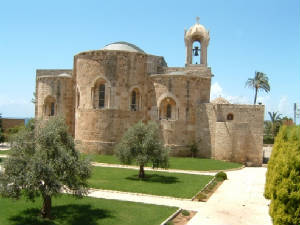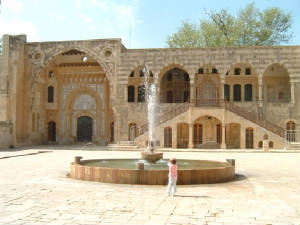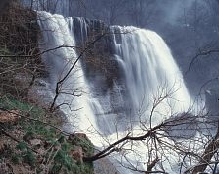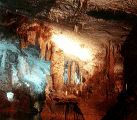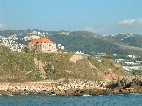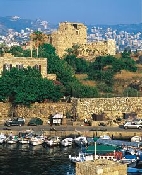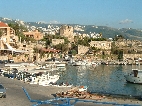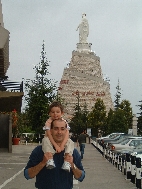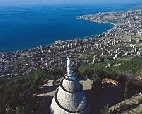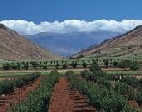From Baalbak to Tyre, passing through Anjar, Byblos, the Quadisha valley, Beirut, Sidon and so many more magical places, this page is an introduction to few of the the major touristic, archaeological and historical sites in Lebanon.
Byblos (Jbeil)
The city of Byblos has constantly been inhabited since the sixth century BC. The actual town is made up of the old town, surrounded by medieval walls along with the modern town that progressively expands towards the mountains.
Entering through the crusaders’ castle (12th century), you can successively visit the obelisk’s temple (19th-16th BC), a royal necropolis and some sarcophagi. The medieval walls, perfectly preserved, offer an ideal example of traditional architecture.
Byblos’s port and alleys induce long charming walks where churches, chapels and houses are waiting to be discovered.
Beirut
Bursting with sunshine, Beirut is brimming over with life. Beirut is also an important money market and business meeting point for all the businessmen of the region.
Beirut shelters an incredible variety of cultures, languages, nationalities and religions. Thus, many remarkable contrasts appear in the streets: churches and mosques stand side by side. Beirut is a maze of alleys with rich colours. Each house shows you its unique architectural elegance.
Beirut never sleeps. At sunset, party lights take over. In restaurants, pubs and clubs, Beirut’s nights are fascinating: with soft or crazy music, and party all night. Beirut lives, dances, and laughs at all times.
Qadisha Valley (Holy Valley)
In north Lebanon, the “Holy Valley” spreads from Bcharreh to the coast. Classified under UNESCO's world heritage, its countless caves, chapels and monasteries transformed it into the most famous natural site of Lebanon.
For a long time its monasteries and caves have a peaceful shelter and refuge for monks, hermits and Christians from different regions. Saint Eliseus convent, Qannubine monastery and many others are still in perfect condition since most of them have been restored.
On the summit of Qadisha, lays the village of Bcharreh with its charming traditional architecture. There, Gibran Khalil Gibran was born, the most famous Lebanese writer, poet and painter of the 20th century.
Deir El Qamar
Located in the Chouf, Deir El Qamar is one of Lebanon’s best-preserved towns. With its impressive traditional architecture displayed in the numerous palaces and monuments across the area, it is considered as one of the country’s historical heritages.
Today Deir El Qamar’s inhabitants are determined to preserve not only its architecture, but also its paved streets, walled gardens and its charming secluded corners.
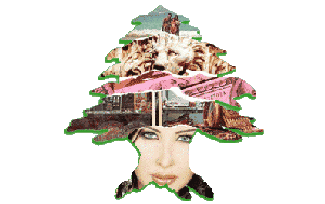 Click on diferent areas of the Cedar Tree to learn more of my favorite places.
Click on diferent areas of the Cedar Tree to learn more of my favorite places.
